Traditional gouges vs. carbide cutters
Learn when to use each tool for precise shaping and efficient roughing.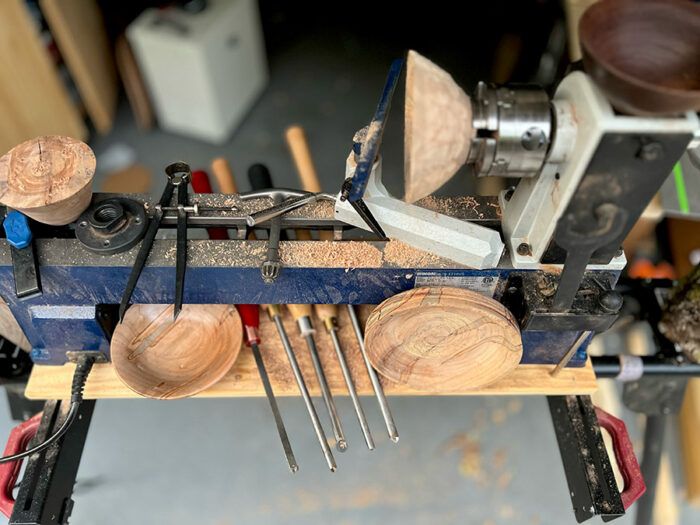
When it comes to woodturning, the process of transforming raw timber into stunning bowls is a captivating blend of art and craftsmanship. One of the key decisions a woodturner faces is whether to use traditional gouges or carbide cutters. Both tools have their place in the turner’s arsenal, and understanding how to use them effectively is crucial for turning out beautiful and functional bowls.
I use both depending on the task I am performing.
Understanding the Essentials: Traditional Gouges
Traditional gouges are the preferred choice for many woodturners due to their versatility and the level of control they offer. To use traditional gouges effectively for bowl turning, follow these steps:
Select the right gouge
Choose a bowl gouge with a deep flute and a sharp edge. The size of the gouge should be appropriate for the diameter of the bowl you’re turning. Most turners use what is known as 40/40 grind, which is a gouge (between 5/8 in. and 1/2 in.) ground to 40° on each wing, but I prefer a 55° angle on mine. To change the grind on a gouge, use a wet stone grinder followed by a traditional grinder.
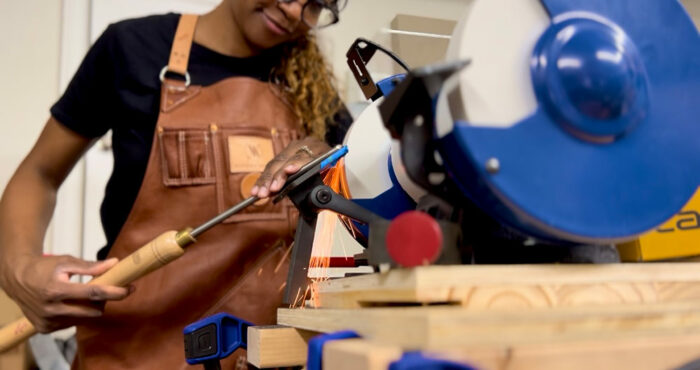
Maintain a proper bevel angle
Hold the gouge at the correct bevel angle, typically around 45°, and make consistent cuts across the bowl’s surface. The bevel should always touch the wood. When you notice the gouge “catching” on the wood, change the angle at which you are holding the tool. The flute wing or side of the tool should always be tilted toward you or away from you, never perpendicular to your bowl.
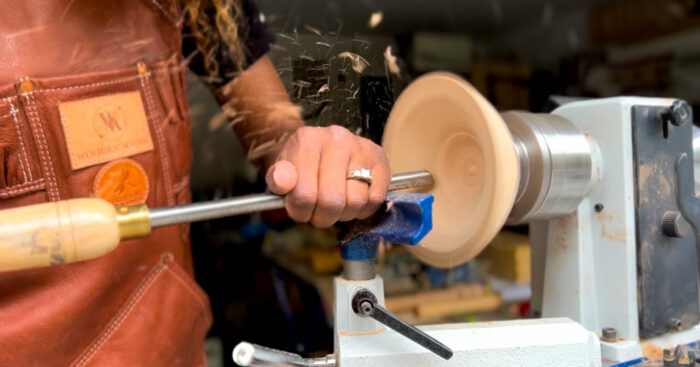
Practice patience
Traditional gouges require a steady hand and practice. Take your time and refine your cuts gradually to achieve the desired shape and smooth surface. The good news is you can reshape a bowl if you make a mistake. One of the major mistakes turners make is making the base or the walls too thin. Every turner has their own theory and preference on wall thickness. My suggestion is no thinner than 1/8 in. and no thicker than 1/2 in. Just make sure your wall thickness is even.
Embracing Efficiency: Carbide Cutters
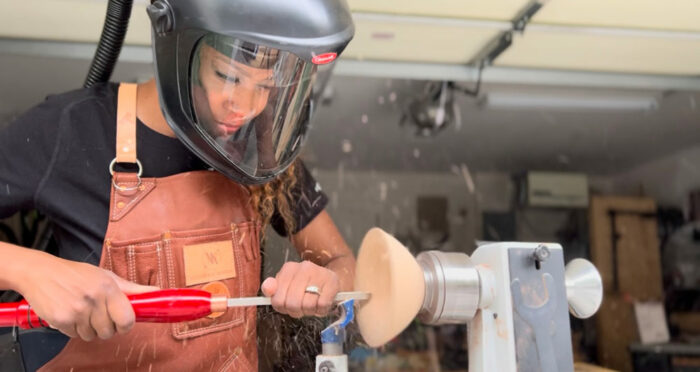
Carbide cutters, on the other hand, are prized for their efficiency and durability. When using carbide cutters for bowl turning, keep these factors in mind:
Choose the right cutter
Select a carbide cutter designed for turning bowls, with the appropriate radius and edge geometry for your project. I love carbide cutters for beginners or those staying within a certain budget. There are three main tools required to get started: a square cutter, a round cutter, and a diamond cutter.
Minimal pressure
Let the cutter do the work. Apply minimal pressure and rely on the sharpness of the carbide edge to remove wood effortlessly.
Control and precision
While carbide cutters are efficient for roughing out the bowl, switch to traditional gouges for detail work and finishing, as they provide greater control.
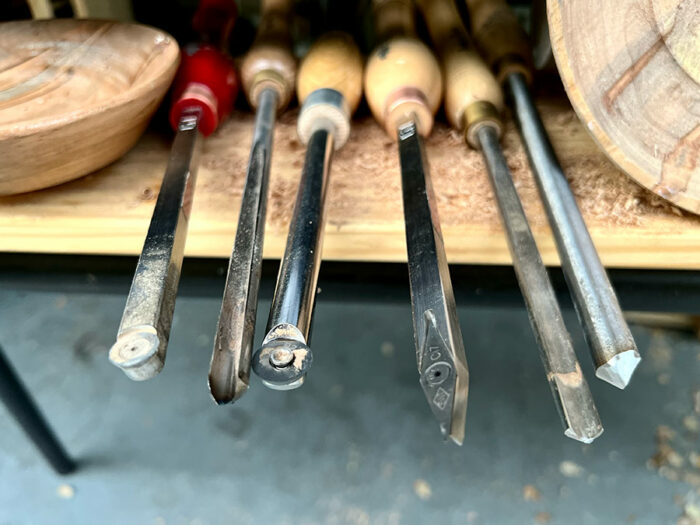
Combining the Best of Both Worlds
A skilled woodturner often combines the strengths of both traditional gouges and carbide cutters. Begin with carbide cutters for roughing out the bowl quickly, then switch to traditional gouges for delicate shaping and finishing. This hybrid approach allows you to leverage the efficiency of carbide and the precision of traditional gouges.
In conclusion, mastering the art of bowl turning involves understanding the strengths of both traditional gouges and carbide cutters. By choosing the right tool for each phase of the turning process and honing your skills, you can create exquisite wooden bowls that showcase your craftsmanship and creativity. Remember, practice and patience are the keys to turning out masterpieces that will be cherished for generations.
Fine Woodworking Recommended Products
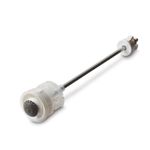
CrushGrind Pepper Mill Mechanism








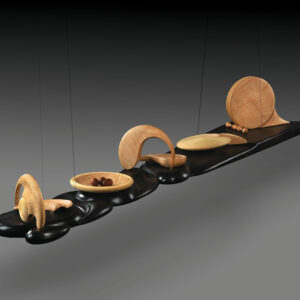








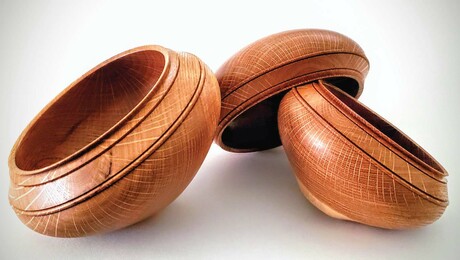








Comments
Please get that ponytail tucked in the back of your blouse, or better yet braid it up and roll it in a bun. Moving surfaces (like spinning workpieces) create low pressure that sucks things like hair towards them (blame Bernoulli). I've had the unfortunate experience of seeing long hair get caught in power tools. The results are horrific. The shop is no place to worry about hair style.
Log in or create an account to post a comment.
Sign up Log in